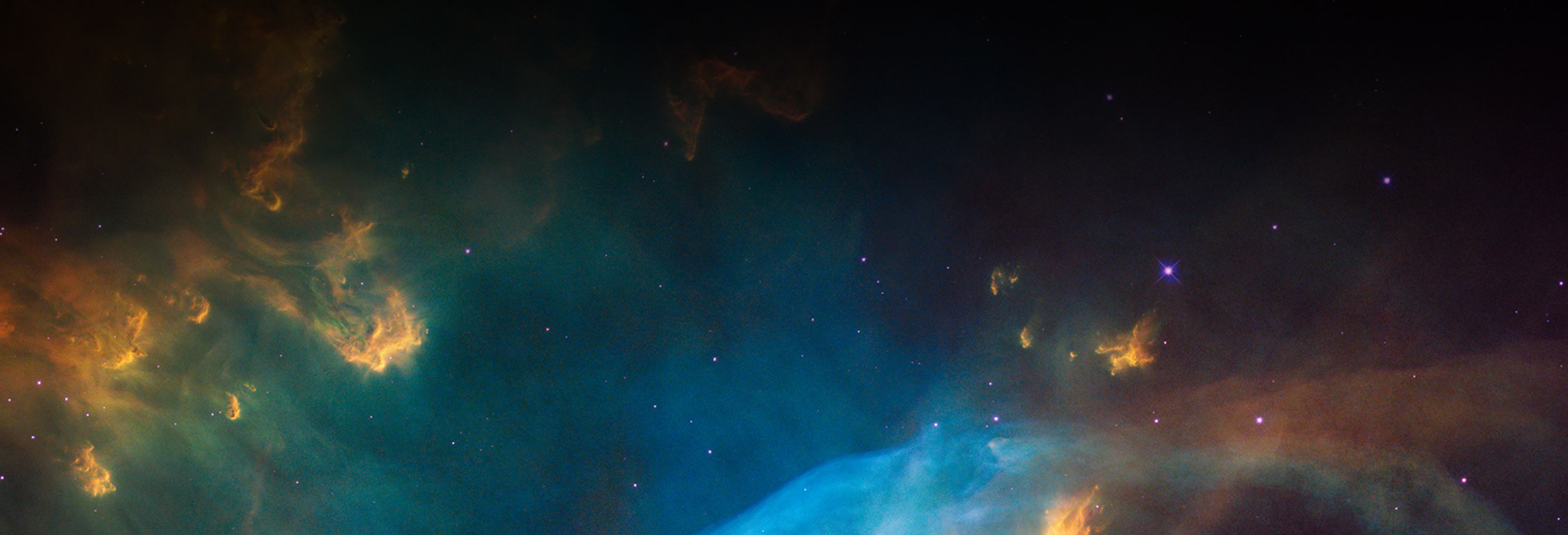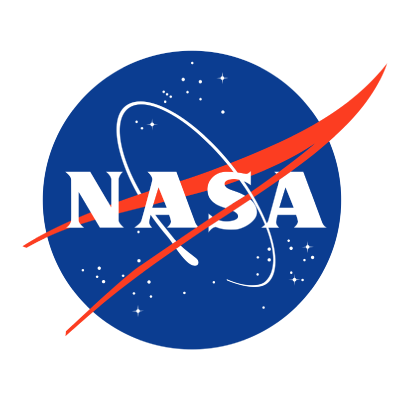Astromaterials Data Archive Submission Guidelines & FAQ
Below are some guidelines and recommendations to assist researchers to submit data to the Astromaterials Data Archive (ADA). If you have additional questions, feel free to reach out to the Astromat Team.
Describe your data in the metadata and provide any contextual information and document, or links to such information, that is related to the sample analyzed and to the methods and instruments used to analyze the data. Data submitted to the ADA should be documented with relevant information regarding the analytical data quality. Data which does not meet the Astromaterials Data Archive submission guidelines may take longer to process or may be rejected.
Data Management Planning
What type of data does the Astromaterials Data Archive accept?
The Astromaterials Data Archive publishes and archives data from the analyses of astromaterials samples, including lunar samples, meteorites, asteroids, cosmic dust, and more.
Types of data in ADA include bulk elemental analysis (majors, traces), bulk isotope analysis, mineral analysis (in-situ analysis), inclusion analysis, among others.
If you have a question if the scope of your data is appropriate for the ADA, please send us a message. If it is not, we may be able to provide a recommendation for an alternative repository.
Can you assist with DMPs or Letters of Support
Yes! Contact the Astromat Team if you'd like review or advice concerning your Data Management Plan. The earlier you start this process in your proposal, the better. See the NASA ROSES Open Science and Data Management Plan page for the latest guidance on creating your plan.
While the Astromaterials Data Archive does not require notification ahead of submission, it's advisable to contact us if you have a large volume dataset. Feel free to reach out with any questions before you submit. You can contact us if you need a Letter of Support from Astromat as your proposed data repository in order to satisfy grant/publisher requirements.
Preparing Your Data Submission
What information should I include in my Data Files? What File Formats are allowed?
Data & Metadata
If you are submitting tabular data, it should be submitted in an ADA Data Submission template.
All analytes, units, and technique, instrument and laboratory must be clearly stated and defined. Relevant standards, reference measurements, and additional information about instrument calibration should also be included when possible.
Every analyte must be linked to a sample with a sample name.
IGSNs (International Generic Sample Number) are recommended as persistent identifiers to identify samples. Obtain IGSNs by registering samples in the System for Earth Sample Registration (SESAR).
For Primary Analytical Metadata, the minimum metadata required is [Technique]-[Instrument]-[Laboratory].
File Formats
Allowed file extensions can be found at this link.
How do I fill out the ADA Data Submission Template?
Download the ADA Data Submission Template - a workbook with several tabs to help catalog necessary metadata for our database.
Mandatory fields, identified in boldface, are the minimum requirements for the data to be assigned a DOI and archived in the ADA.
Data Source: Information to identify the dataset: title, author(s), creator (form-filler). Mandatory fields: Title, Author(s), Abstract, Contact Info
Samples: Information to identify, locate, and describe the samples, including IGSNs. Extra fields can be added. Mandatory fields: Sample name, Lithology
Data: The measured geochemical data values go here, along with basic information about how that value was derived (what was the material analyzed and what was done to it before the measurement?). Mandatory fields: Sample name, Analyzed Material, Parameter(s), Method Code(s)
Primary Analytical Metadata: Information about the analytical procedure and accuracy and reproducibility, including technique, laboratory, and reference sample information. Mandatory fields: Method Code, Parameter, Technique, Instrument, Laboratory
Method Code: A numerical value assigned by you that links the column of measured values (Data Tab) with the Method information (Primary Analytical Metadata tab).
Method-specific Metadata: Information about detection limit, total procedural blank, normalization, fractionation (if applicable). Additional fields can be added.
How do I Submit my Data?
Go to the Submission Page and sign in with your ORCID ID (used for authentication).
Review your Contributor Information
Review your information for correctness and completeness as it was imported from your ORCID profile.
Related Funding Source
We strongly encourage researchers to include their NASA and/or other Institution grant or cooperative agreement award numbers. This can help track and retrieve archived data related to your award number.
Title & Abstract
Your dataset title must contain concise and descriptive information about the content of the dataset. If submitting data from a publication, the dataset title may be the same as your publication title. Your abstract must describe in full sentences the measurements and purpose of the dataset. It should be different from your related publication abstract. Avoid abbreviations and acronyms.
Related Information
Add as many related identifiers as you'd like for: Mission, Apollo Sample Number, IGSN, Meteorite name. By adding this metadata to your submission, you increase the discoverability of your data.
Submitting Your Data
Check and Upload your File(s)
Make sure your uploaded file is in its final form. The ADA is a long-term repository, treat the dataset submission like a journal article submission. Once a file has been released for public access, it cannot be changed, instead you would have to publish a new version with a new DOI.
Data File Release Date
By default, the Data File Release Date is set to the same date you submit your dataset to the ADA. However, you may select to embargo your data for up to two years from your submission date. There will be a public landing page that points to your submission, but the data will not be accessible until the release date you chose.
What Data Licenses are available?
Contributors have 4 data file license options to choose from for preserving and enabling continuing access and use of data and related information. Selecting an open access license (marked with an asterisk, below) is strongly encouraged.
*Creative Commons Zero 1.0 Universal Public Domain Dedication (CC0)
*Open Data Commons Public Domain Dedication and License (PDDL) v1.0
*Creative Commons Attribution 4.0 International (CC BY 4.0)
Creative Commons — Attribution-ShareAlike 4.0 International (CC BY-SA 4.0)
Post-Data Submission
Data Review & Receiving your DOI
Data Review
The ADA will conduct a review for quality of sample and analytical metadata, not a review of analytical data. The author of the dataset is responsible for ensuring analytical data submitted to ADA is quality data. If additional information or metadata is required, a member of the Astromat Team will be in contact.
DOIs
Since the ADA is a curated file repository, you will receive your dataset DOI only after your files and submission have been reviewed and accepted. Please keep in mind that this entire process can take up to two weeks.
Need Help with Your Data Submission?
Get in touch with an Astromat curator if you have questions or concerns prior to submission.


